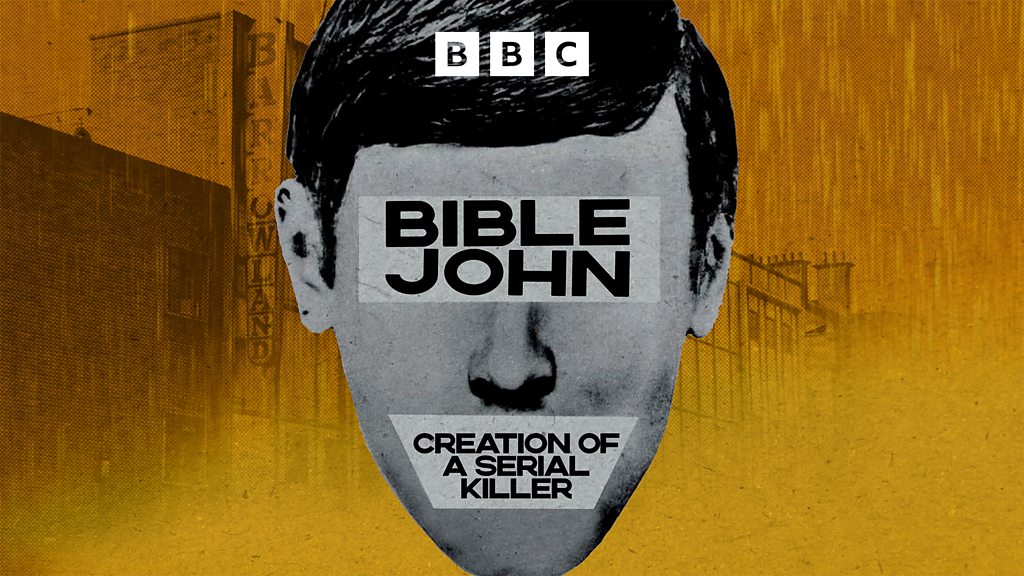Originally posted by Tom_Wescott
View Post
I am also re-reading this book now in preparation for attending the author's talk in June (many thanks for blagging me in, Barn!
 ).
).I'd be really interested to know your thoughts when you've read it too!




Leave a comment: